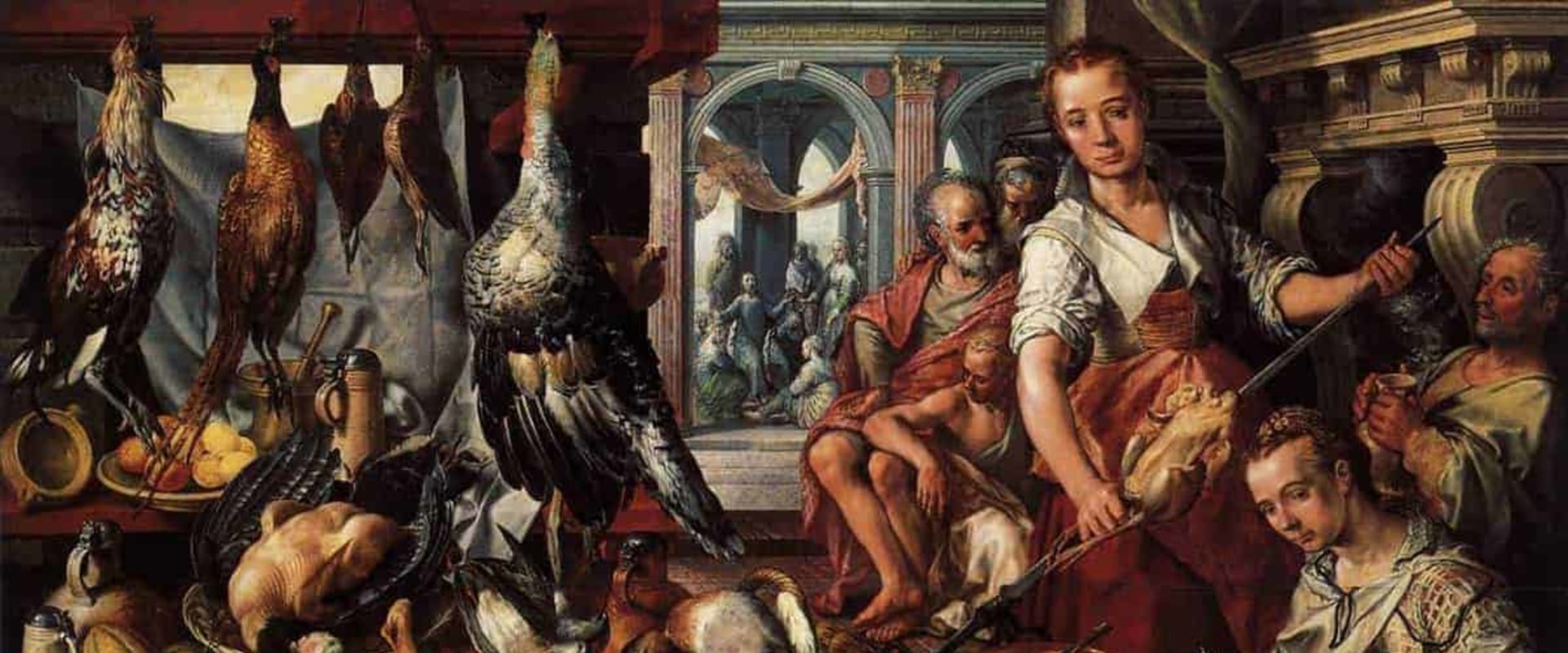Great cuisine, also called haute cuisine, is the classic cuisine of France as it evolved from its inception in the 16th century to its peak in the luxurious banquets of the 19th century. Georges Auguste Escoffier was a central figure in the modernization of haute cuisine starting in 1900, which became known as cuisine classique. These were simplifications and refinements of the early works of Carême, Jules Gouffé and Urbain Dubois. It was practiced in large restaurants and hotels in Europe and elsewhere for much of the 20th century.
The main innovations consisted of replacing service à la française (serving all dishes at the same time) with service à la russe (serving meals on plates) and developing a kitchen system, based on Escoffier's Le Guide Culinaire, which formalized the preparation of sauces and dishes. In its time, it was considered the pinnacle of haute cuisine and was a different style from bourgeois cuisine (the cuisine of wealthy city dwellers), working-class cuisine in bars and homes, and the cuisine of the French provinces. From a historical point of view, it was during the Middle Ages that French cuisine began to stand out. At a time marked by long periods of abstinence and fasting, authentic banquets were served from time to time.
The opulent meals were reserved for the nobility and the clergy. They stood out for abundance rather than refinement. One technique that creates a rich and tasty sauce without all the butter and cream of the haute cuisine style is the de-glaze method of sautéing prepared foods in a pan. Herbs and spices are also important to French cuisine and can bring deep flavor to otherwise subtle dishes.
There's usually nothing too spicy or too sweet about haute cuisine, as the focus tends to be on symmetry and balance, making food a smooth and enjoyable experience. Finally, there's the presentation factor; haute cuisine is nothing more than elegant and artistic, with meticulous arrangements and small to moderate portions. However, most chefs agree that technique, ingredients and dining experience are important components of this cuisine. To properly prepare haute cuisine recipes the old fashioned way, it's best to have a professional kitchen, a home feature that was beyond the imagination and, undoubtedly, the budgets of those midcentury housewives.
Later, French cuisine expanded beyond the borders of France, and chefs from all over the world studied these published guidelines. The cuisine was very rich and opulent, with delicious sauces made from butter, cream and flour, the basis of many typical French sauces that are still used today. With the rise of haute cuisine, meals became smaller and presentations became more detailed and elegant. It's almost impossible to be part of the culinary world, especially its French-inspired niches, without hearing the term “haute cuisine”.
Haute cuisine differed from normal French cuisine by what it was cooked and served, by obtaining top quality ingredients, such as fruit out of season, and by using ingredients that are not usually found in France. Another marker of French cuisine that sets it apart from others is the use of high quality ingredients. And most haute cuisine service establishments focus largely on the presentation of the dish, another feature of haute cuisine.




Leave Reply